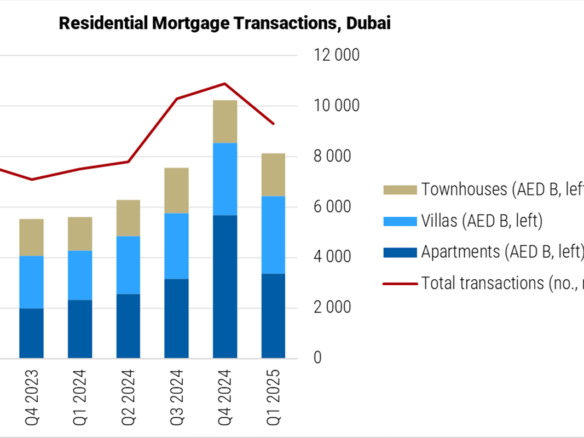The global luxury goods market, valued at approximately $500 billion in 2025, is experiencing a significant
slowdown after years of unprecedented growth. This deceleration is attributed to various factors,
including economic headwinds, shifting consumer behaviors, and the challenges posed by oversupply.
Despite these challenges, the industry is demonstrating resilience through strategic adaptations and
innovations.
Economic Pressures and Market Contraction
According to Bain & Company, the personal luxury goods market is projected to contract by 2% to 5% in
2025, marking the first genuine slowdown since the global financial crisis, excluding the COVID-19
pandemic. This downturn is influenced by weakening demand from key markets such as China, the U.S.,
and Europe, which collectively account for about 75% of global luxury spending. In China, for instance,
luxury sales are expected to remain flat in 2025 following a significant decline in 2024 (Morgan Stanley).
Additionally, geopolitical tensions and trade policies, such as the 15% U.S. tariff on European luxury
goods, are exerting pressure on the industry. These tariffs have particularly impacted sectors like Swiss
watchmaking, which faces a 39% customs duty, affecting both pricing strategies and supply chains
(Luxury Tribune).
Oversupply and Brand Fatigue
The rapid expansion of luxury brands in recent years has led to concerns about oversupply, diluting the
exclusivity that defines luxury. Brands increased production to meet growing demand, but this has
sometimes resulted in overexposure and weakened the perception of scarcity and craftsmanship
(McKinsey & Company). Moreover, younger consumers, particularly Gen Z, are becoming more discerning, questioning the value propositions of traditional luxury brands. They seek deeper emotional resonance, sustainability, and lifestyle alignment, rather than merely status symbols.
Strategic Resilience and Innovation
Despite these challenges, several luxury brands are demonstrating resilience through strategic initiatives:
- Hermès: The brand has outperformed rivals like LVMH, reporting a 17.6% revenue increase in Q4 This success is attributed to its high demand, limited production, and affluent customer
base. - Sustainability Initiatives: Brands are increasingly focusing on sustainability, with consumers
prioritizing eco-friendly practices. The rise of the resale market, driven by platforms like Vinted and
The RealReal, reflects this shift towards sustainability and value. - Digital Transformation: The integration of digital technologies, such as branded recommerce
platforms, is allowing brands to control the resale market, ensuring product authenticity and
extending product life cycles.
Future Outlook
While the luxury market faces significant challenges in 2025, the industry’s ability to adapt and innovate
suggests a path toward stabilization and growth. Brands that can align with evolving consumer values,
maintain exclusivity, and embrace sustainability are well-positioned to thrive in this new market
landscape.
In conclusion, the luxury goods market is at a crossroads, balancing between maintaining traditional
values and adapting to contemporary demands. The resilience demonstrated by leading brands indicates
that, while the industry faces short-term challenges, its long-term prospects remain positive. (Vogue Business






Join The Discussion